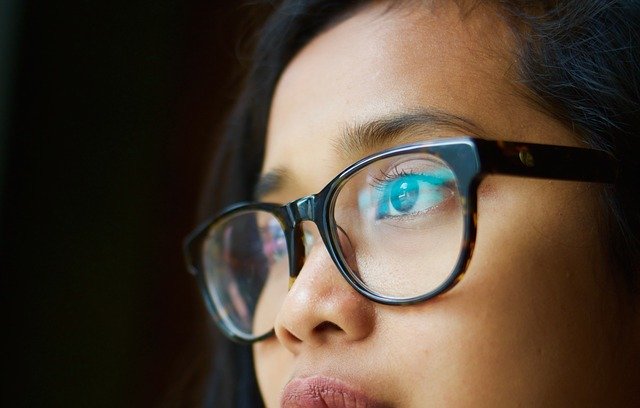Scientists at the University of Monash Australia have developed a device that can restore vision to the blind, using a combination of electronics and microelectrodes implanted in the brain.
The system has already been shown to work in preclinical and non-human sheep trials, and the researchers are now preparing for the first human clinical trial to take place in Melbourne.
How the device works
Many clinically blind people have damaged optic nerves. This prevents signals from being transmitted from the retina to the brain’s vision center.
“Cortical vision prostheses aim to restore visual perception to those who have lost vision by delivering electrical stimulation to the visual cortex – the region of the brain that receives, integrates and processes visual information,” stated Arthur Lowery, Principal Researcher and director of Monash Vision Group.
The Gennaris bionic vision system can prevent damage to the optic nerves, making treatment possible.
The system includes a helmet with a camera and a wireless transmitter, a vision processor unit and software, as well as a set of 9 × 9 mm size plates that are implanted in the brain.
The scene captured by the helmet camera will be sent to the vision processor, similar in size to a smartphone, where it will be processed to extract the most useful information.
The processed data will be transmitted wirelessly to a complex circuit within each implanted piece; which in turn will convert the data into a pattern of electrical pulses, which will stimulate the brain through very fine microelectrodes.
“Our design creates a visual pattern from combinations of up to 172 spots of light (phosphenes) which provides information for the individual to navigate indoor and outdoor environments, and recognise the presence of people and objects around them,” explained Lowery.
Prospects for the use of the device
In the first studies, scientists implanted 10 of these matrices in sheep and found that in the course of a cumulative total of more than 2,700 hours of stimulation, no adverse health effects were observed.
“The study results indicate that long-term stimulation through wireless arrays can be achieved without induction of widespread tissue damage, nor visible behavioural issues or seizures resulting from the stimulation,” said Jeffrey Rosenfeld, one of the study’s authors.
Animal studies are very different from human studies, but the research team believes their technology is promising beyond vision. They anticipate that the same approach could provide benefits and treatment options for patients with other conditions who have an underlying neurological cause, including paralysis.
Now the technology development team is also seeking additional funding to support the eventual manufacturing and distribution ramp of their devices as a commercial enterprise.
